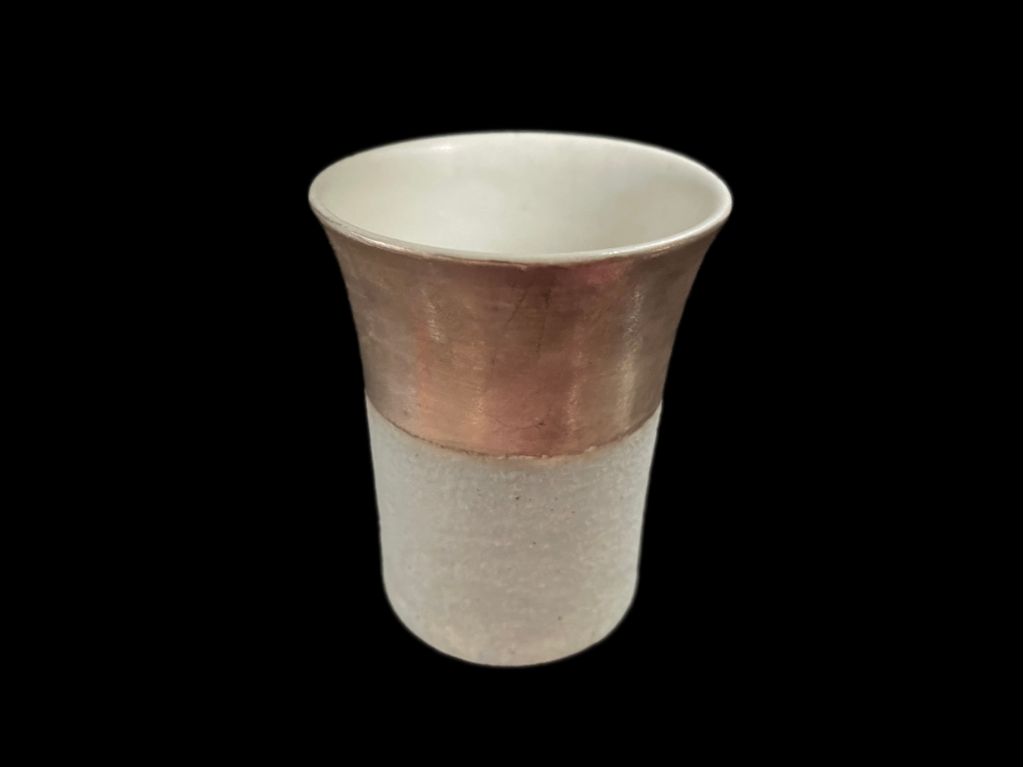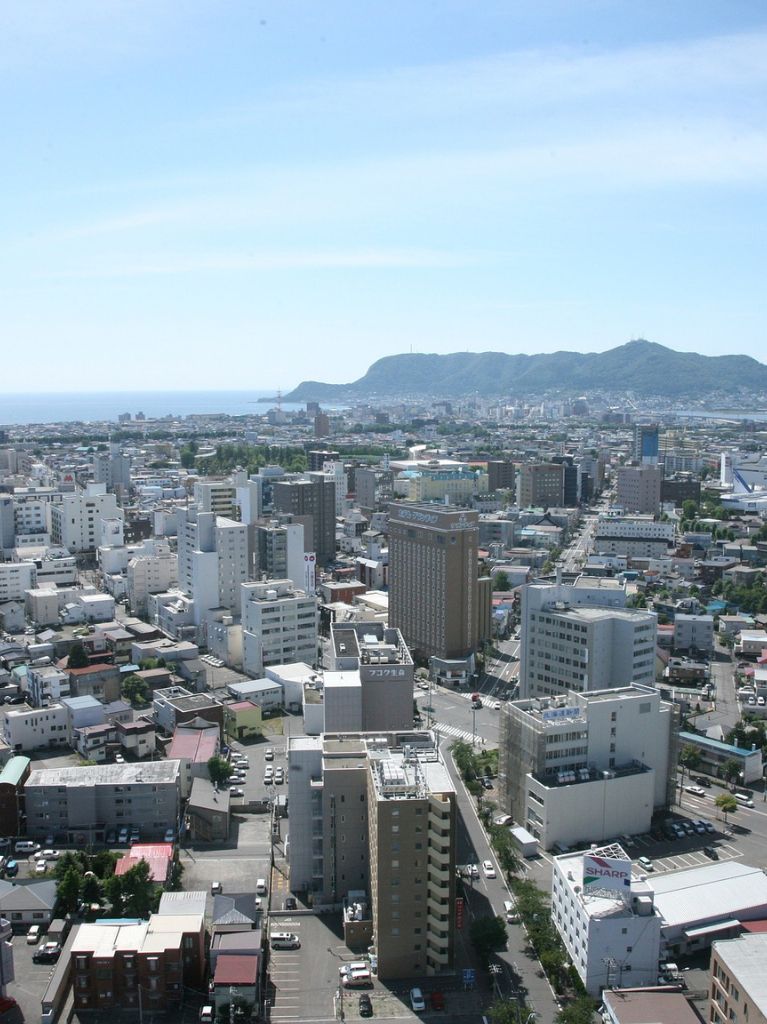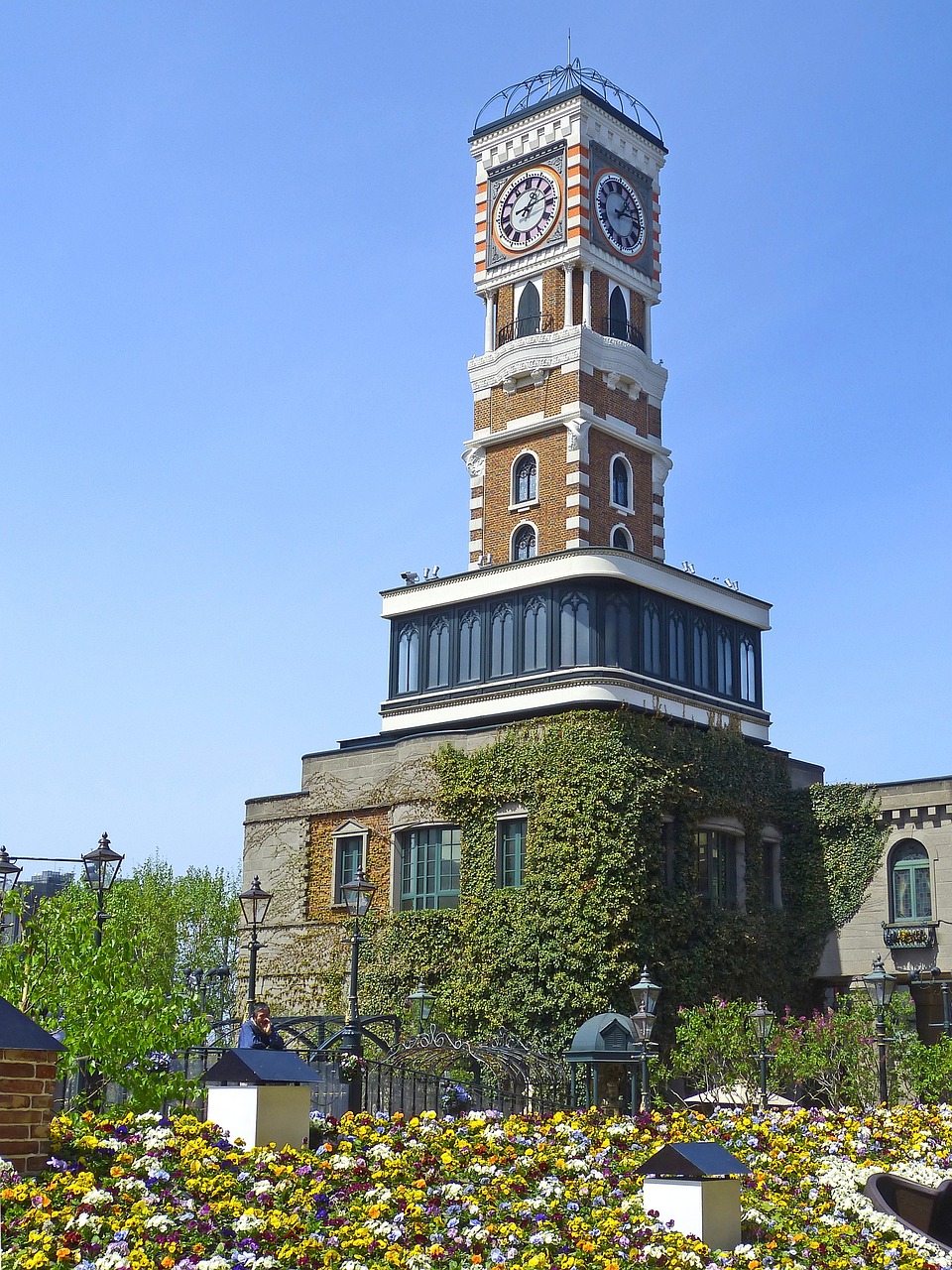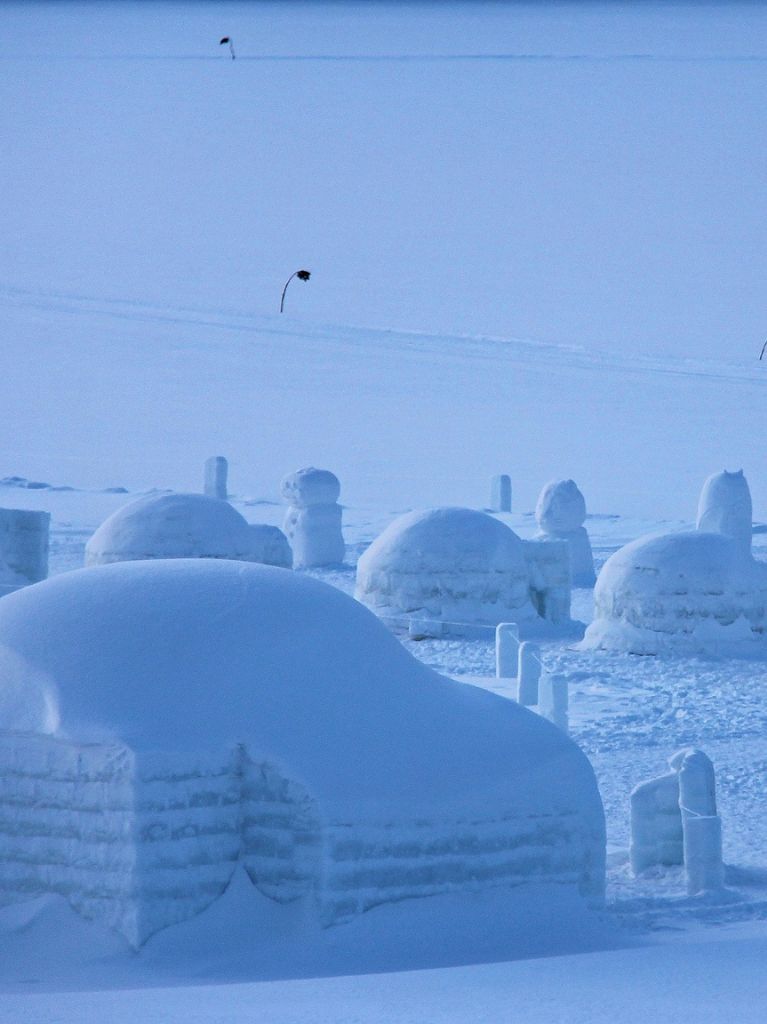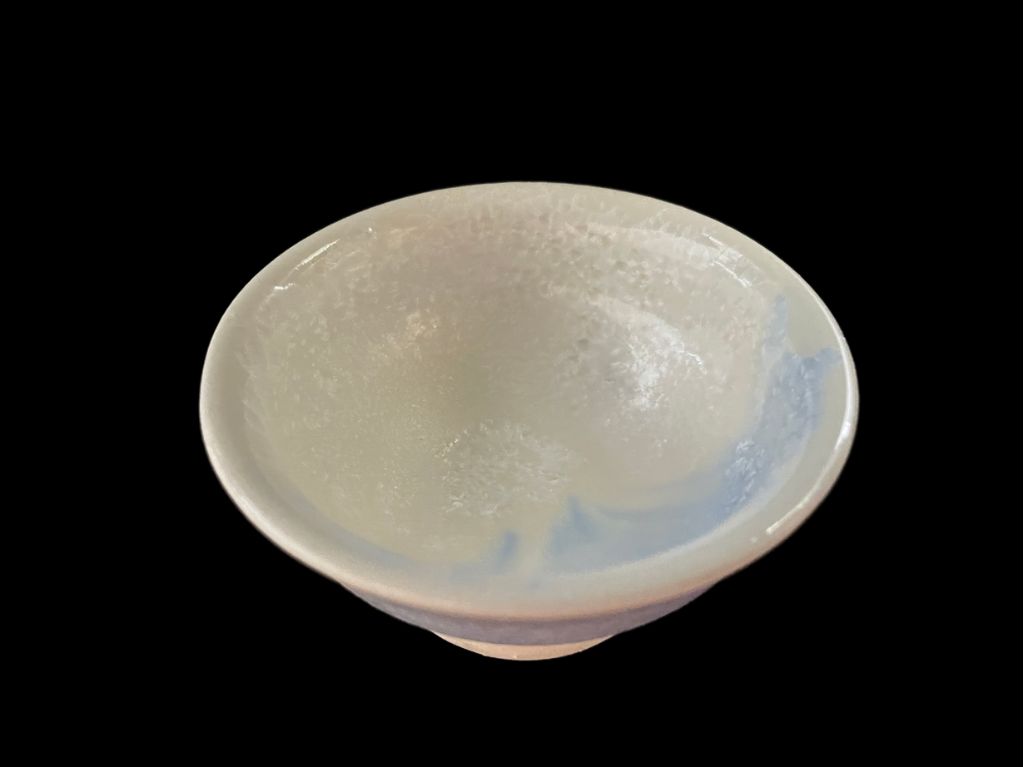HOKKAIDO
OTARU YAKI
OTARU YAKI is a traditional Japanese pottery produced near Otaru City in Hokkaido. Its history dates back to the Meiji period, and it is said that the production began under the influence of the technical influence of TOKONAME YAKI, but in recent years, the kiln has come to an end after more than 100 years.
Traditional OTARU YAKI uses MIDORIDAMA ORIBE glaze, and is characterized by its translucent blue-green color. Recently, in order to carry on the tradition of OTARU YAKI, some workshops are producing new OTARU YAKI using a new method using glass.
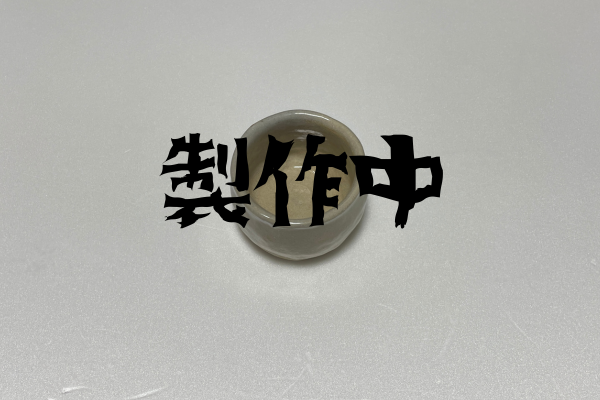

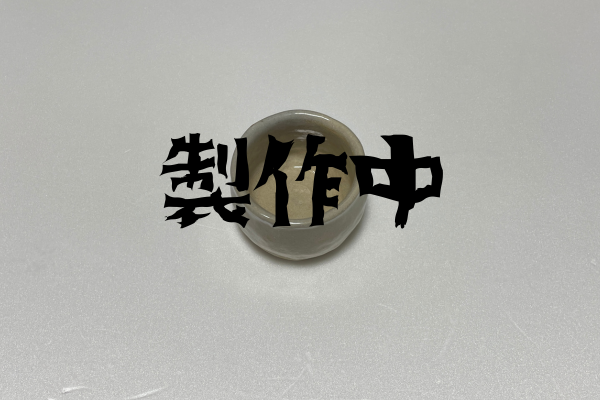
HAKODATE YAKI
HAKODATE YAKI is a traditional pottery produced in Hakodate City area in Hokkaido. Its history dates back to the late Edo period, when MINO YAKI’s potters moved to Hakodate, making it Hokkaido’s first ceramic. However, Hokkaido originally lacked good clay and glazes, and the kiln was not profitable and was closed after just four or five years.
Traditional HAKODATE YAKI is dyed porcelain with blue depictions of Hokkaido’s culture, including Hakodate’s famous spots. Recently, a number of ceramic artists living in Hakodate have been producing wonderful works.



SAPPORO YAKI
SAPPORO YAKI is traditional Japanese ceramics produced near Sapporo in Hokkaido. Its history dates back to the Taisho era, but due to economic reasons, the kiln was discontinued after just 10 years. Later, in 1985, Mr. Tatsuo Wakui revived SAPPORO YAKI, and it became the current SAPPORO YAKI BANKEI kiln.
Traditional SAPPORO YAKI seems to have included many types of ceramics, but the most representative one is dyed ceramic. Recently, wonderful works have been produced by the revived SAPPORO YAKI and by many potters living in Sapporo.
